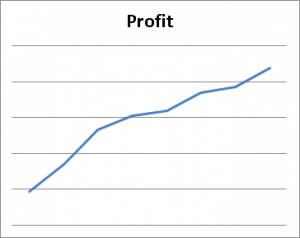One of the most talked about topics in management circles is employee engagement. How can we get our people more engaged? We know that engaged employees are more productive, so how can we create an engaging environment? Why do some employees respond while others seem indifferent? How can we get buy-in from our oldest and youngest employees?
In an exhaustive review of the literature concerning engagement and generational differences, Nancy M. Schullery of Western Michigan University (Business Communication Quarterly, June 2013) describes the significant differences in how the Millennial, Gen X and Baby Boomer generations view the importance of intrinsic, extrinsic and other elements of the workplace. We won’t try to summarize a 15 page paper in a sentence, but one takeaway is that younger people place more value on the rewards of the work than their older peers. There are many other differences.
Knowing that supervisors and managers will have to lead and engage people from across multiple generations, what are senior executives to do? How can they fulfill their responsibility to provide the resources to their junior leaders so that they can get needed results in an ultra-competitive economy?
First, understanding that there are differences in what motivates employees from different generations is a start. The 60-something Boomer might enjoy the work for its own sake; the 23 year old Millennial is probably more interested in the paycheck that enables non-work activities.
Second, everyone in a management role should know how to balance the needs of the organization with the varied needs and wants of the employees. No matter what, the work stills needs to be done.
Finally, leaders need to be ready to deal with the inter-generational conflicts that will inevitably happen. Emily, the pierced and tattooed administrative assistant just might have a difference of opinion with James, her ex-military 40-something Gen X boss. Handling these situations quickly, professionally and effectively is critical.
If your organization is not realizing and appreciating the varied viewpoints of its people, chances are you are missing out on an opportunity to maximize engagement and effectiveness. Training your leaders to expect and manage differences can make a big difference. Harnessing the talent of your entire team is worth the effort.
—
Learning Dynamics can help you develop the skills to develop and manage a multi-gen workforce. Facilitator-led and e-module training solutions are available.


